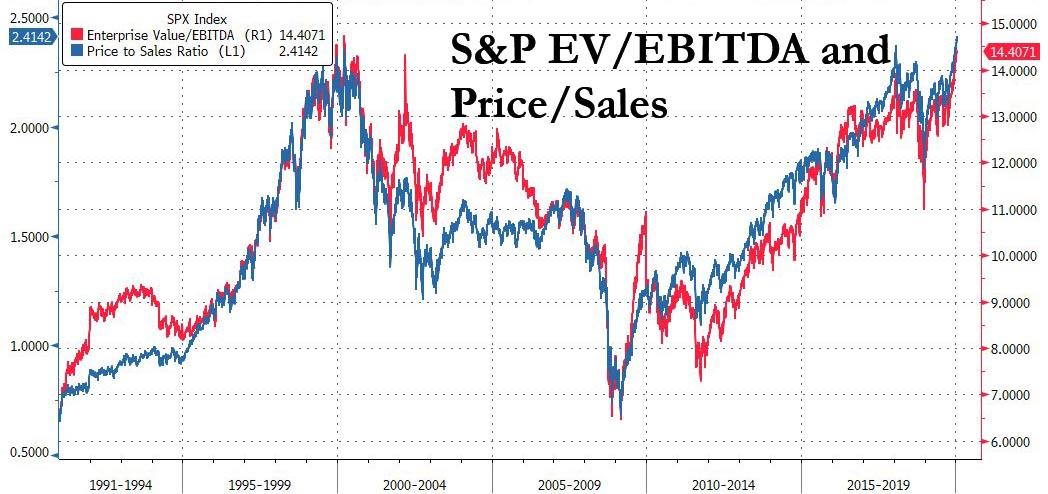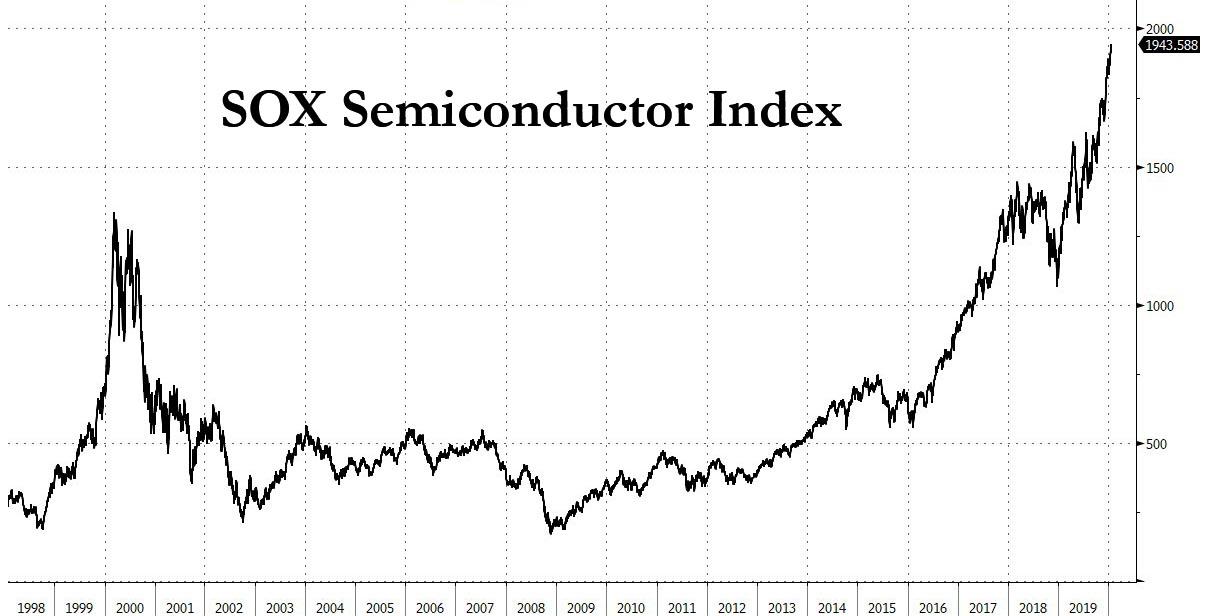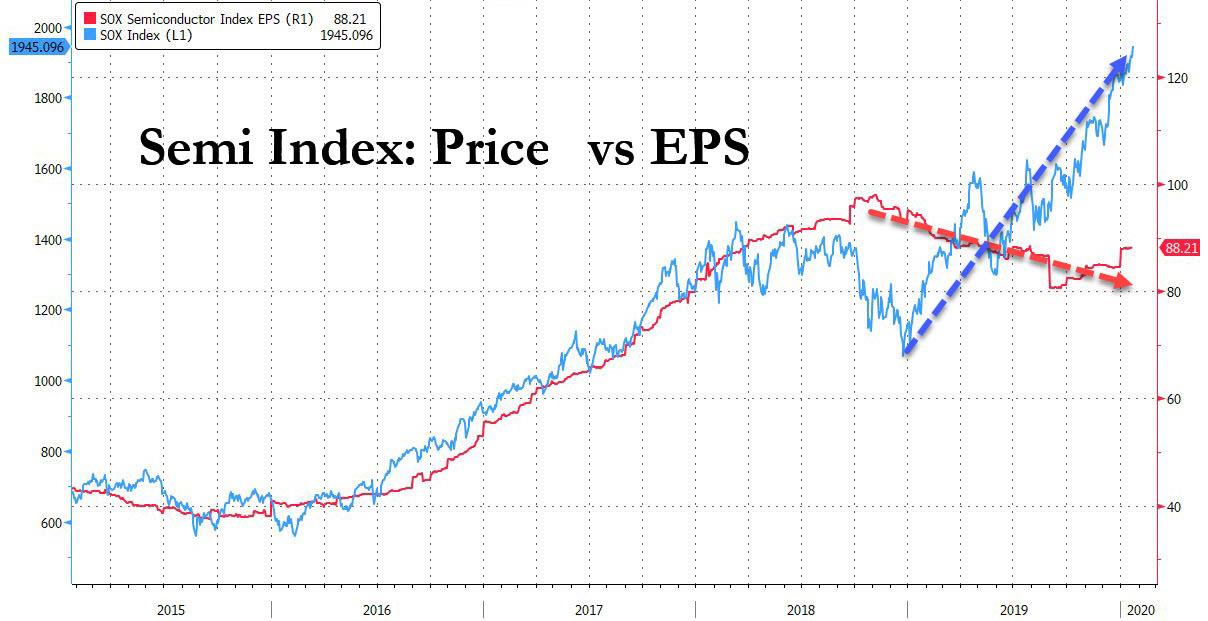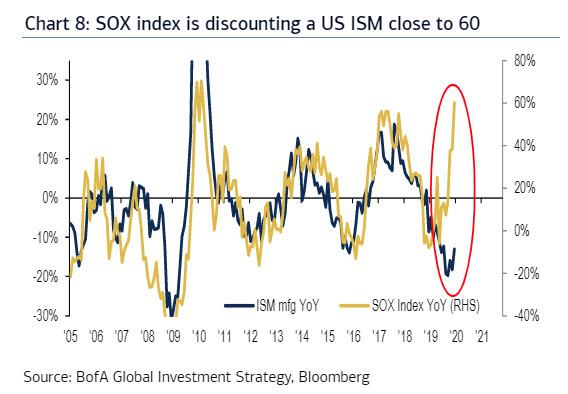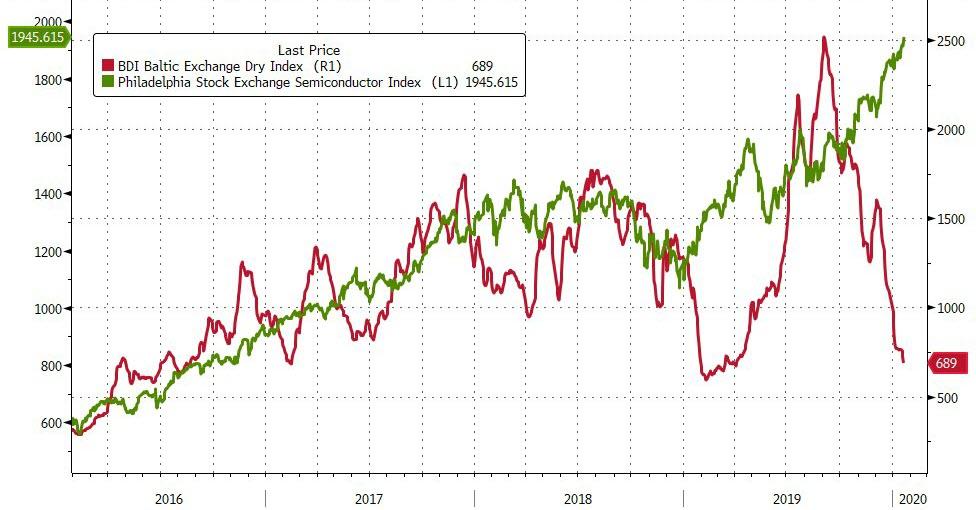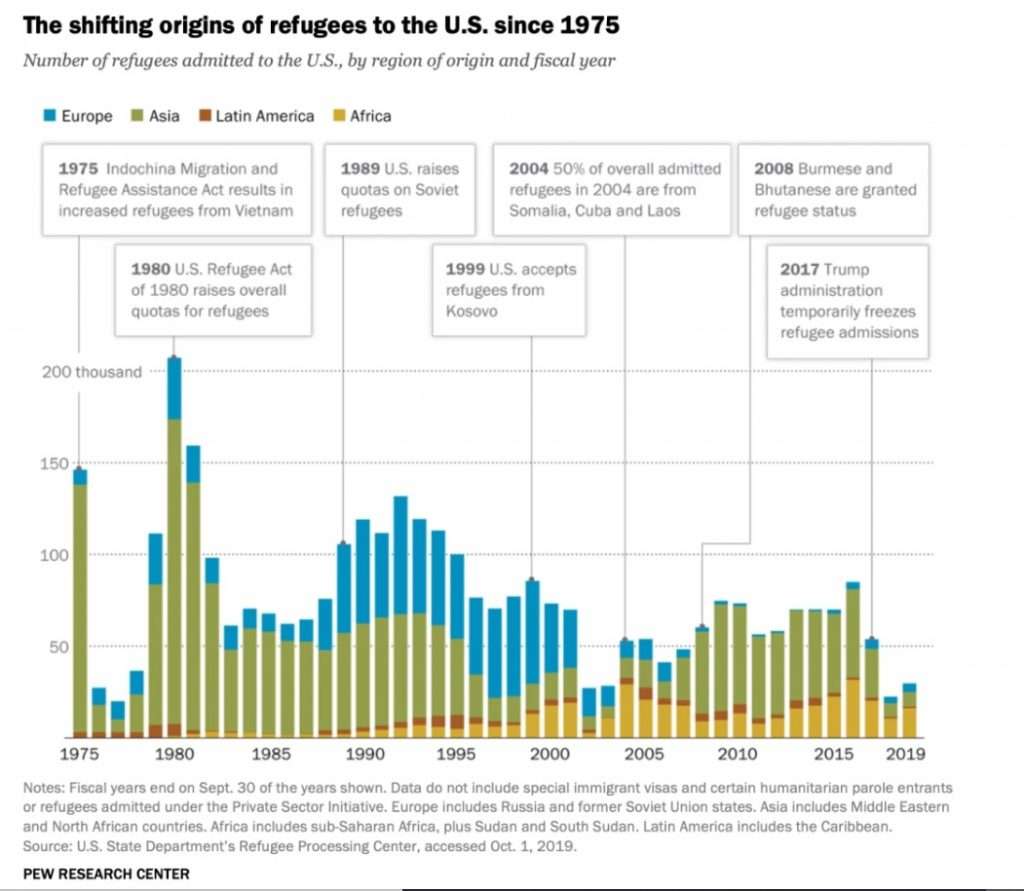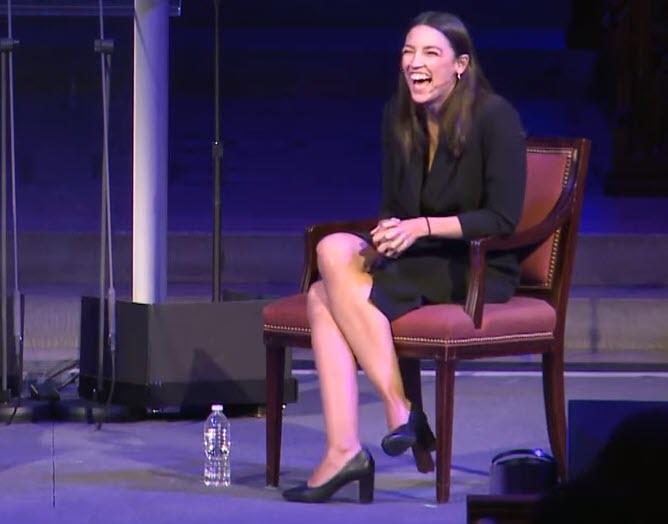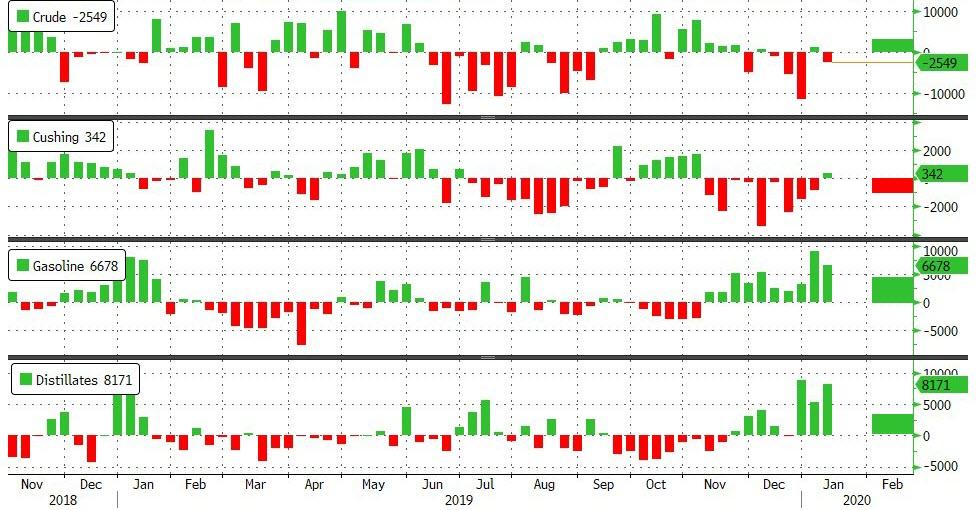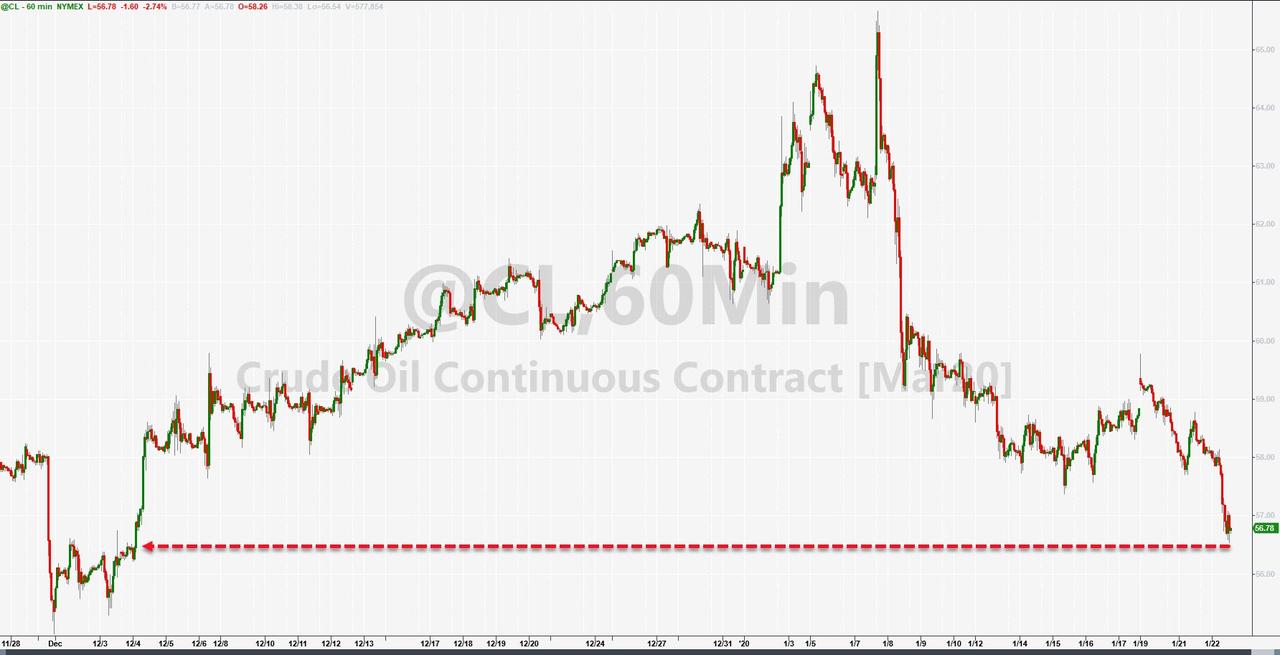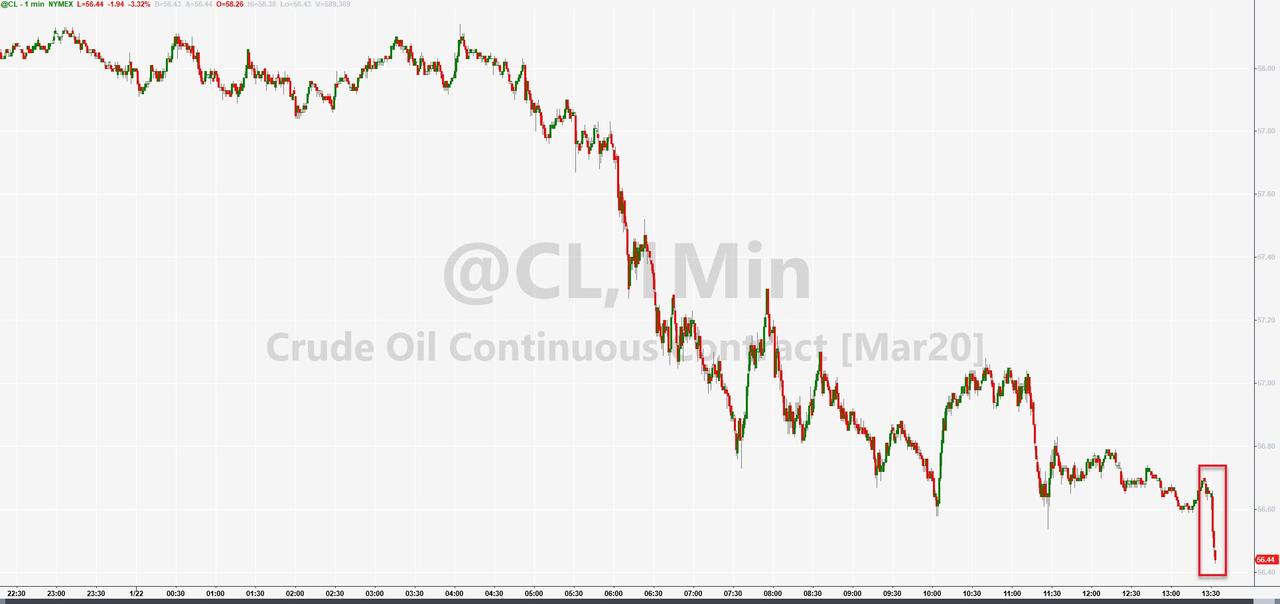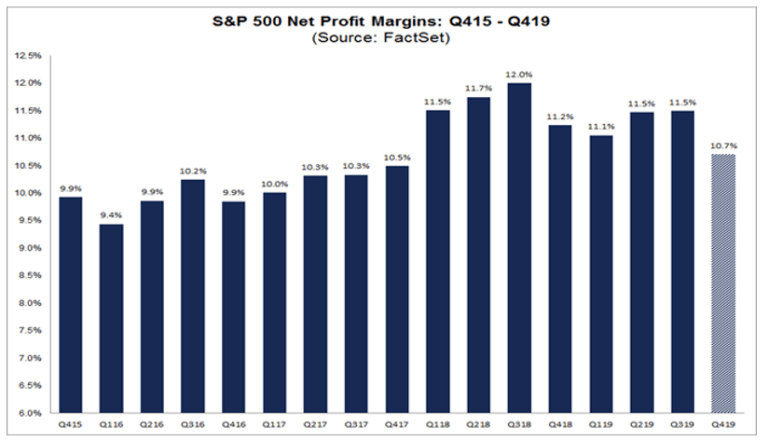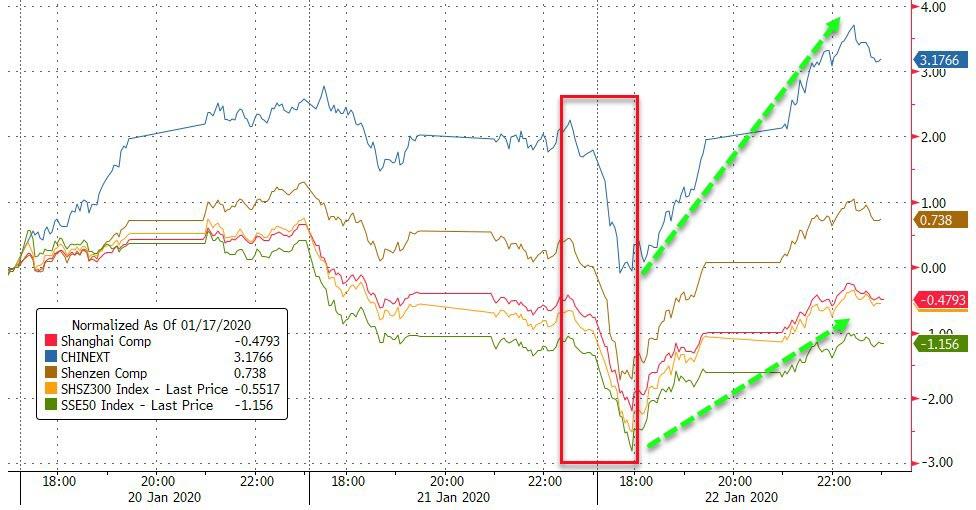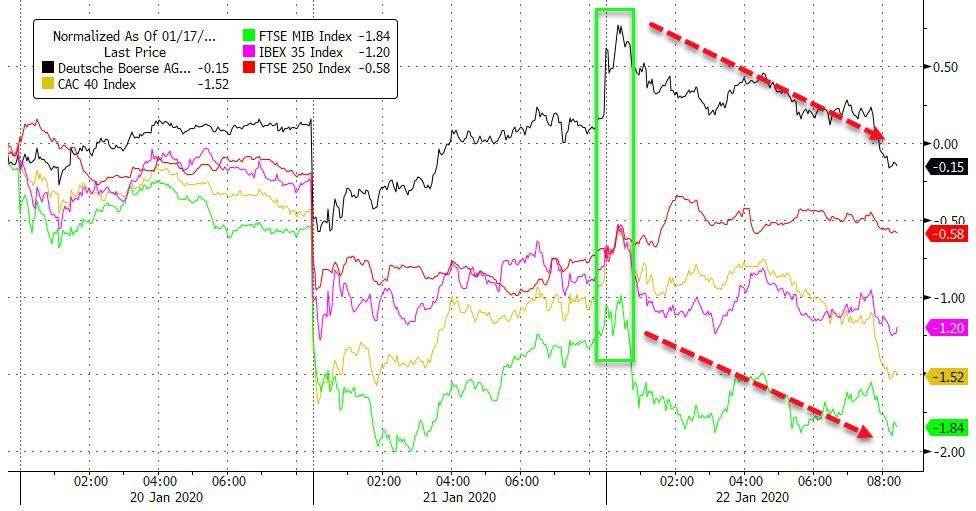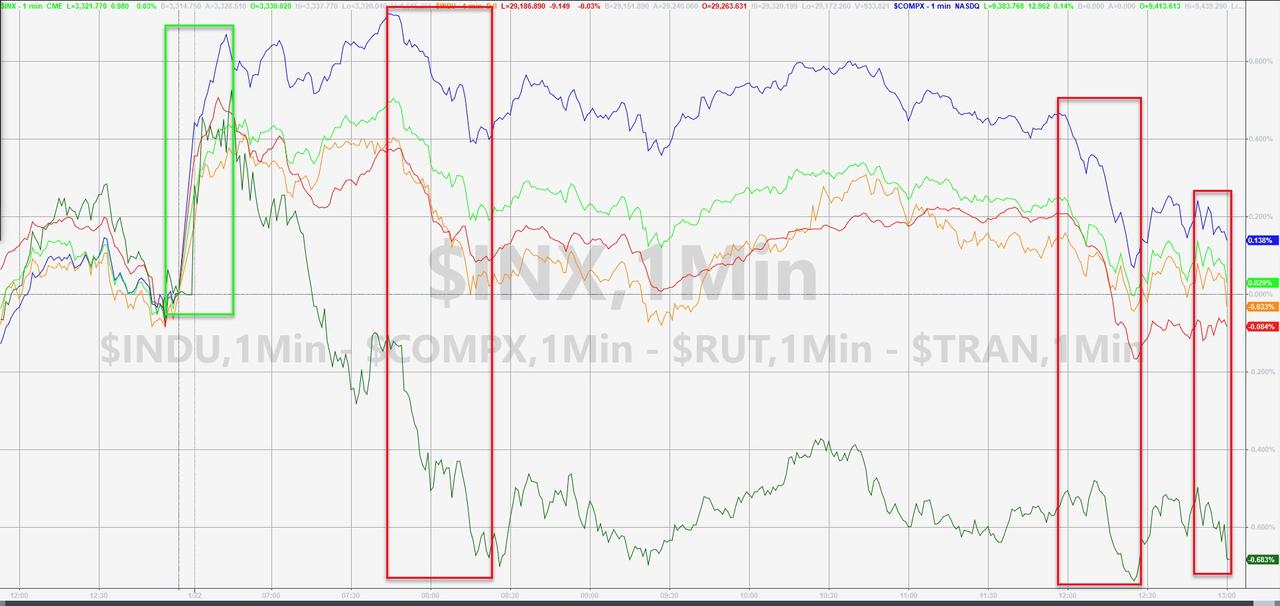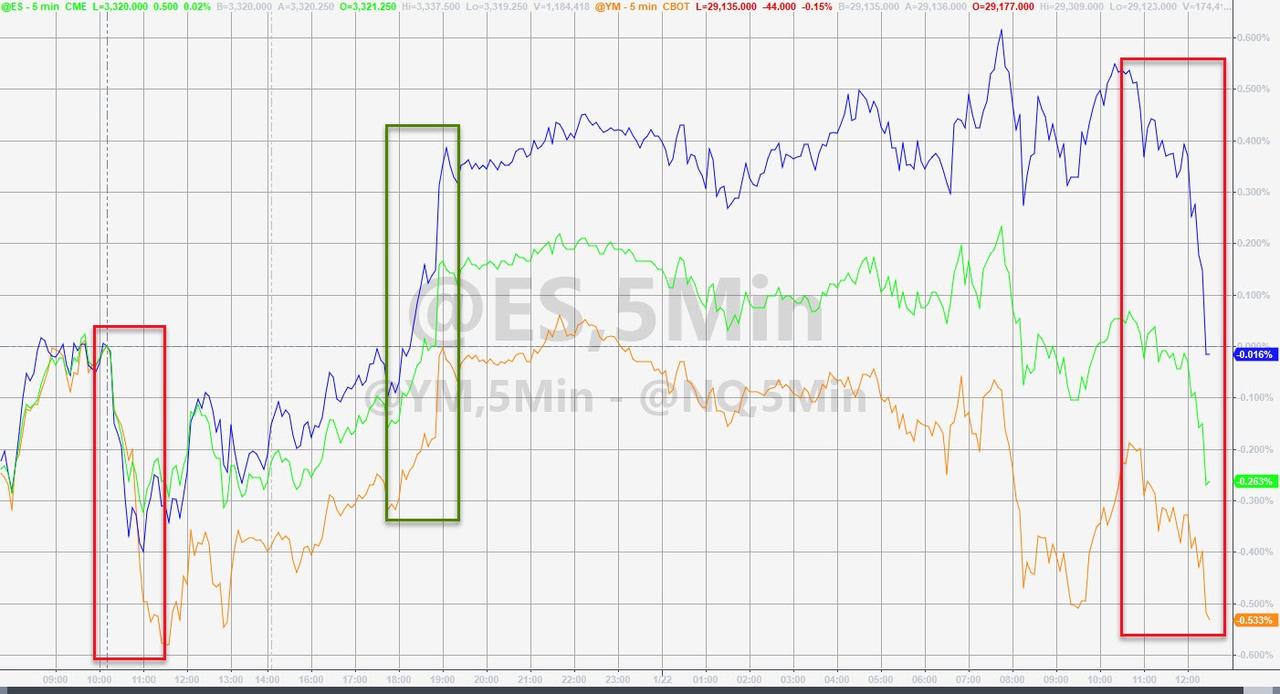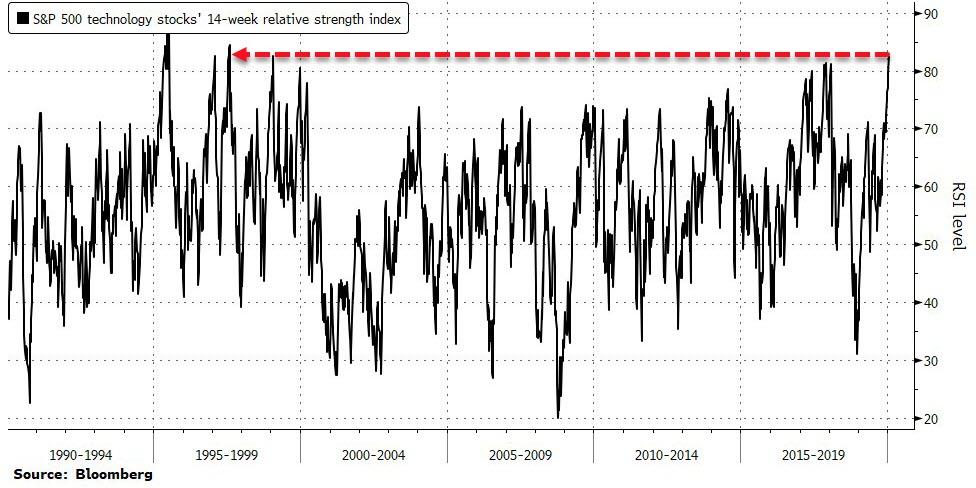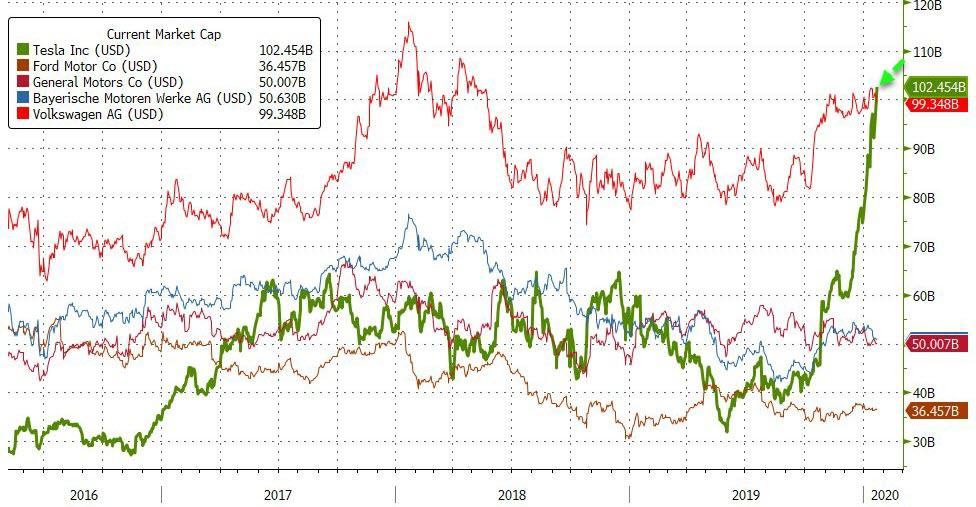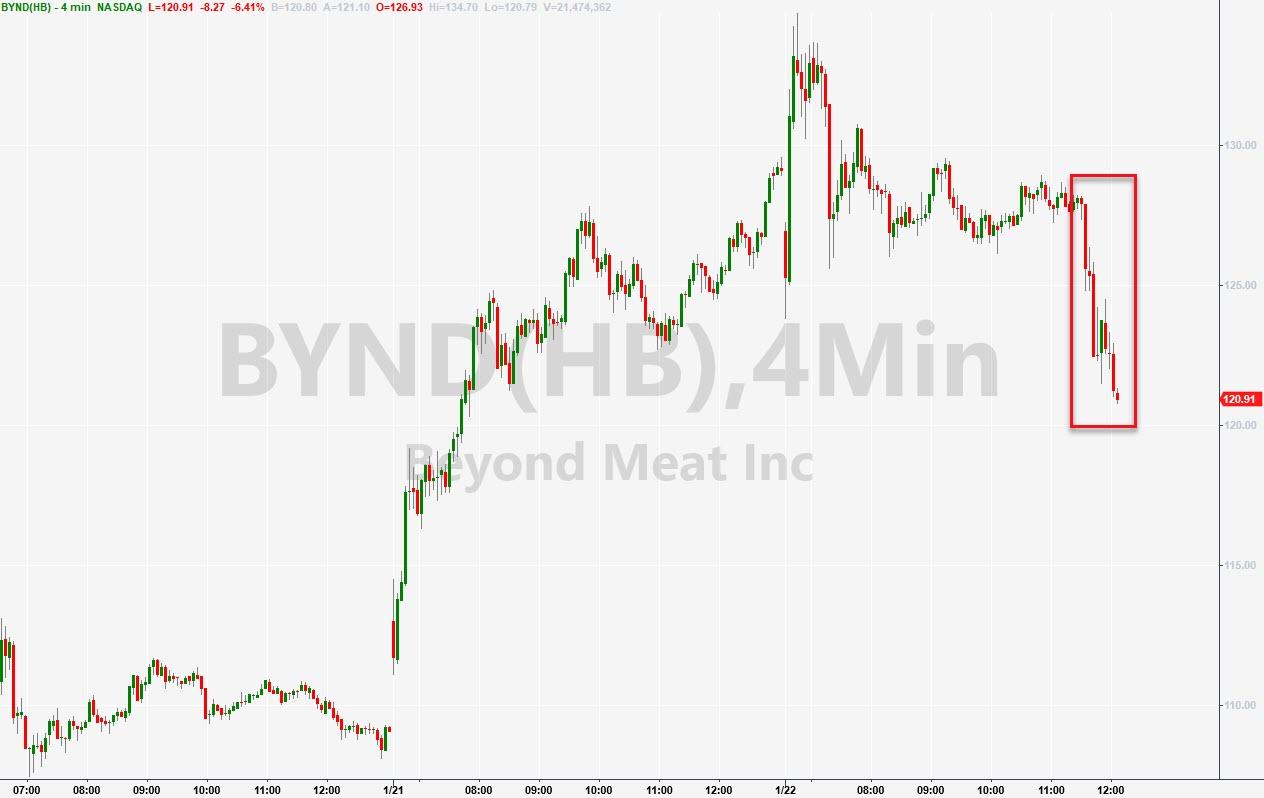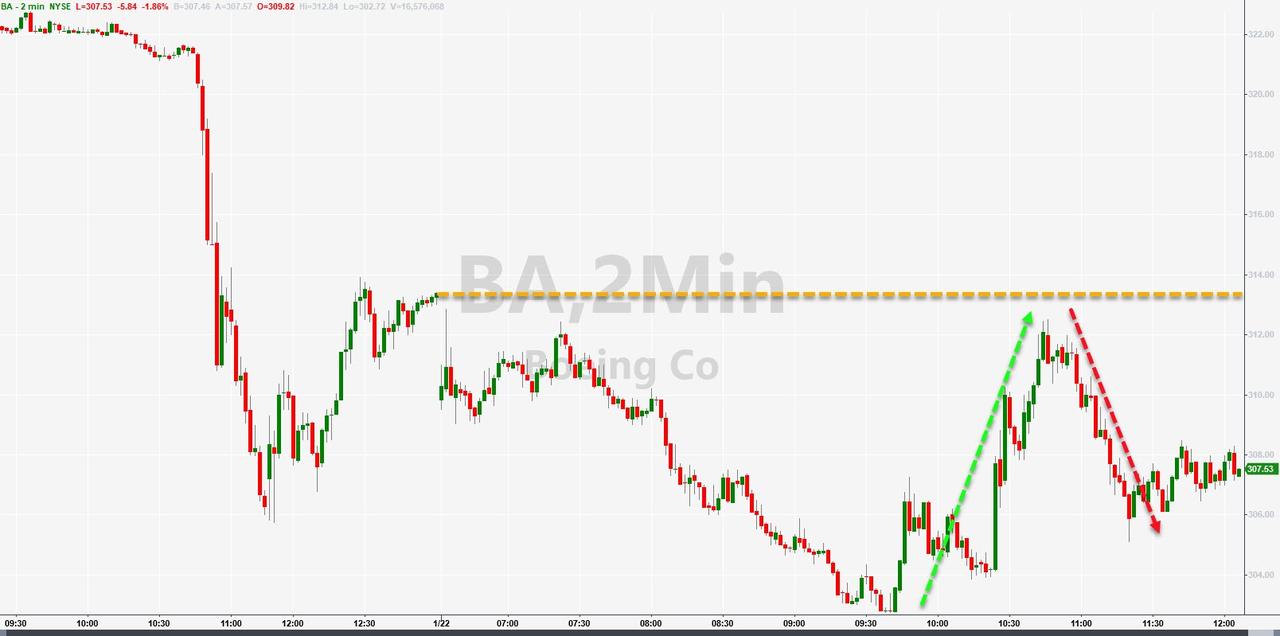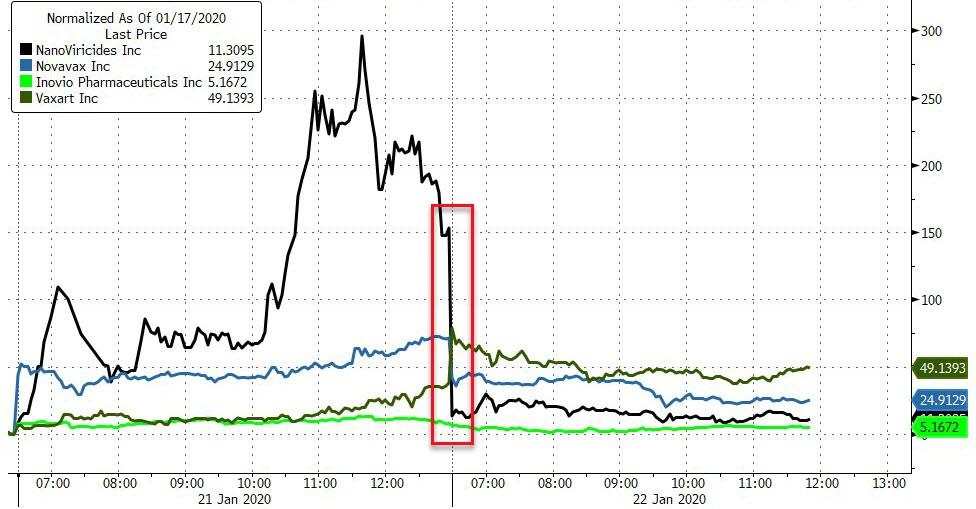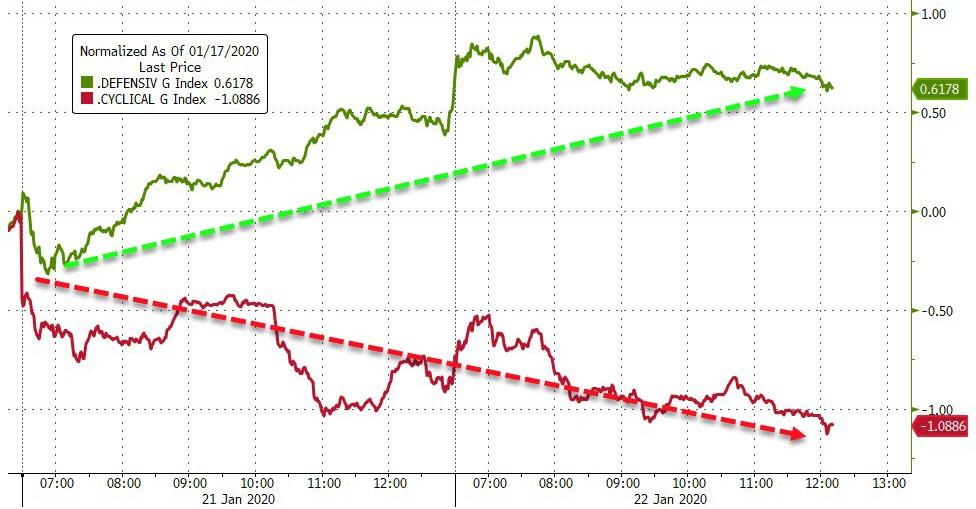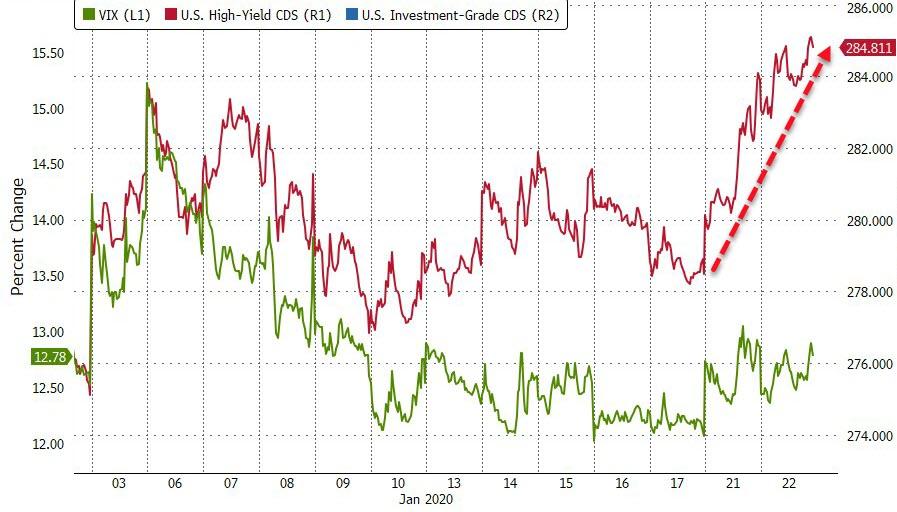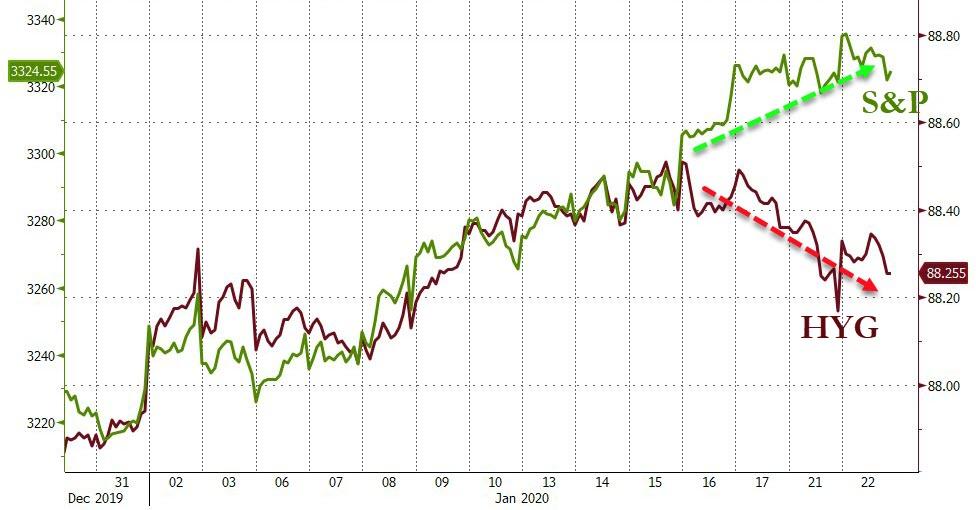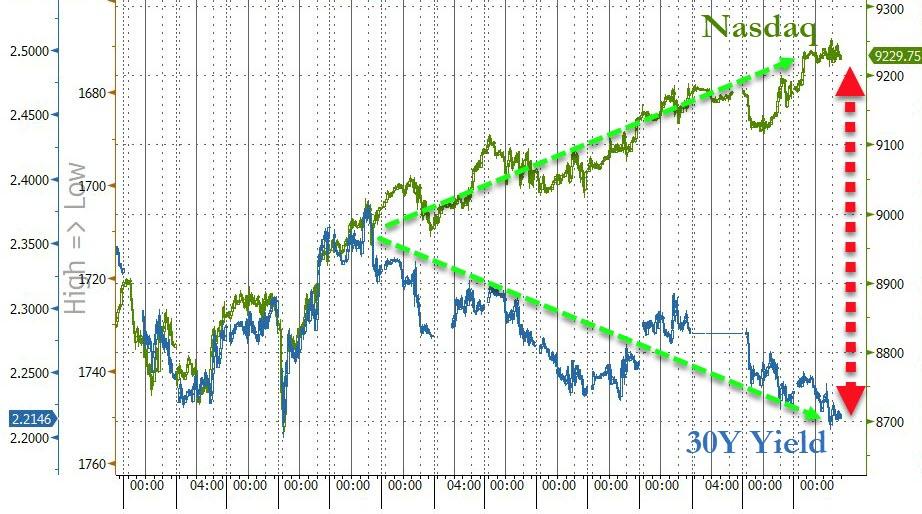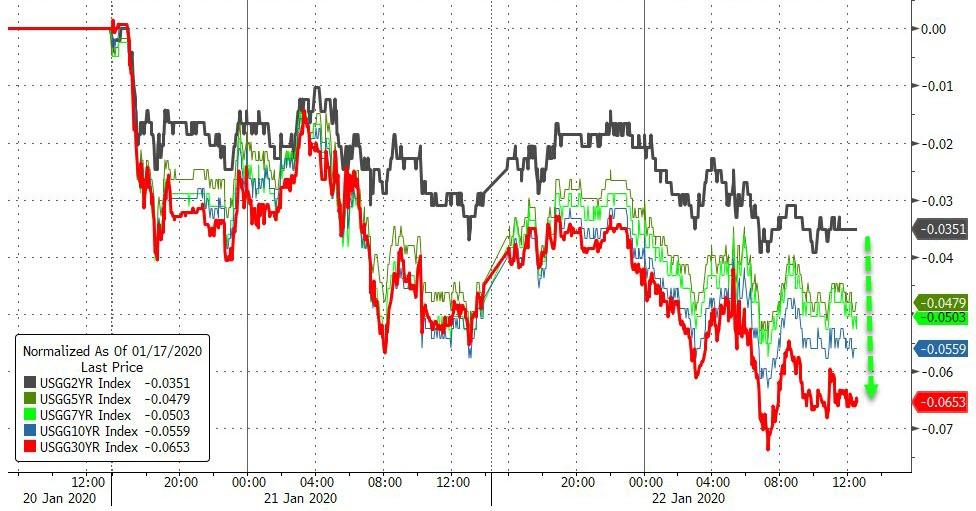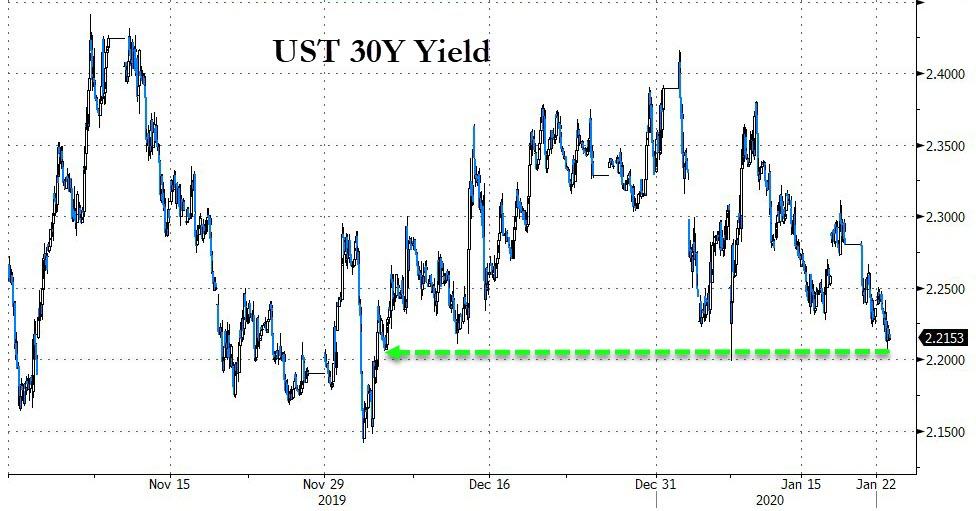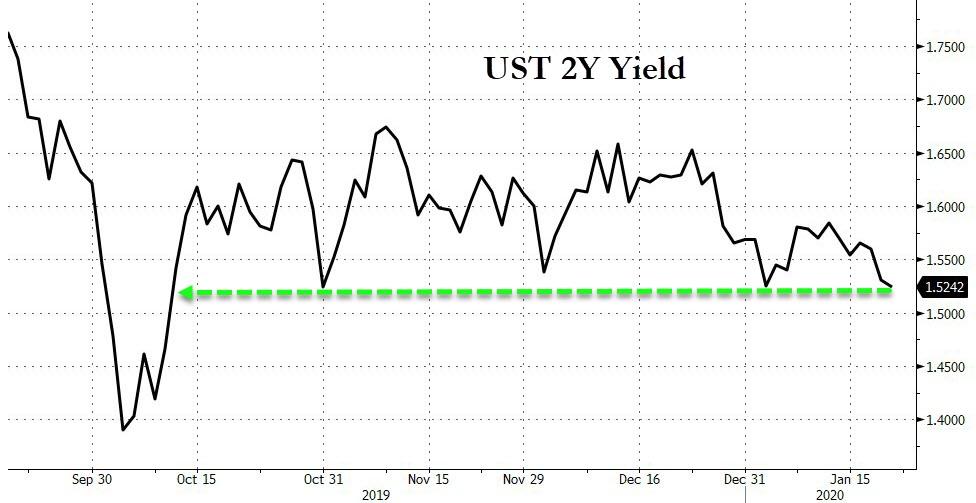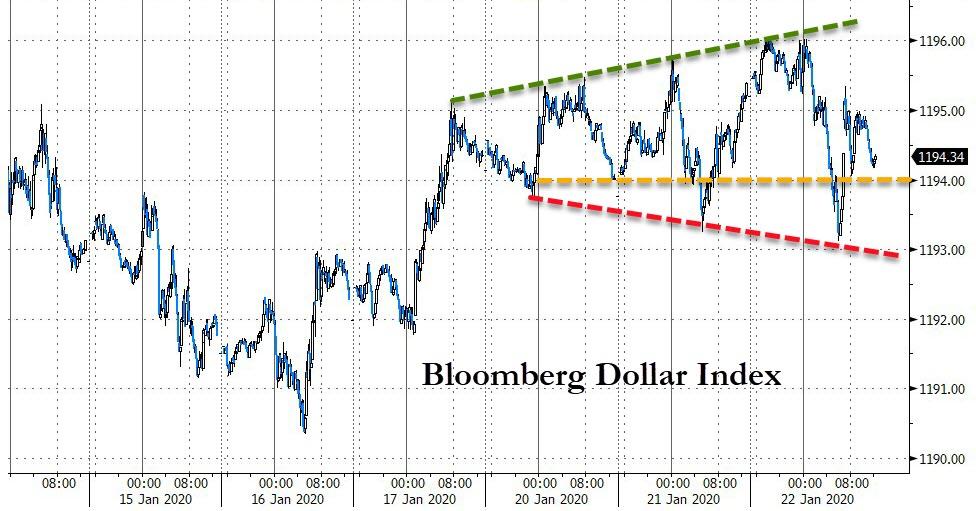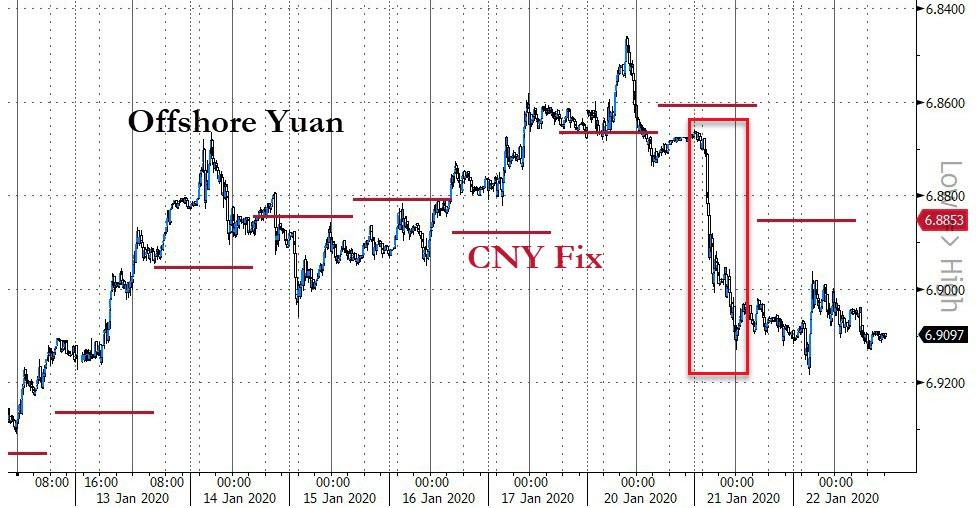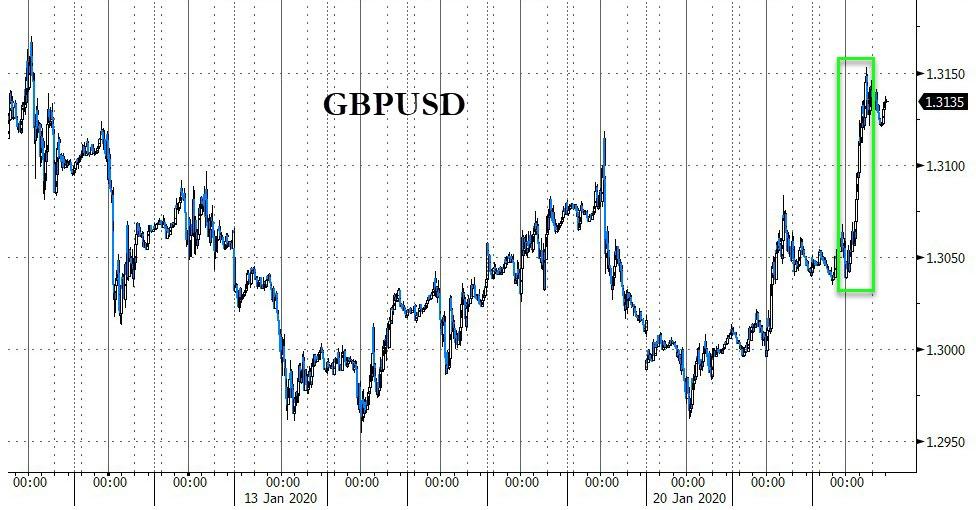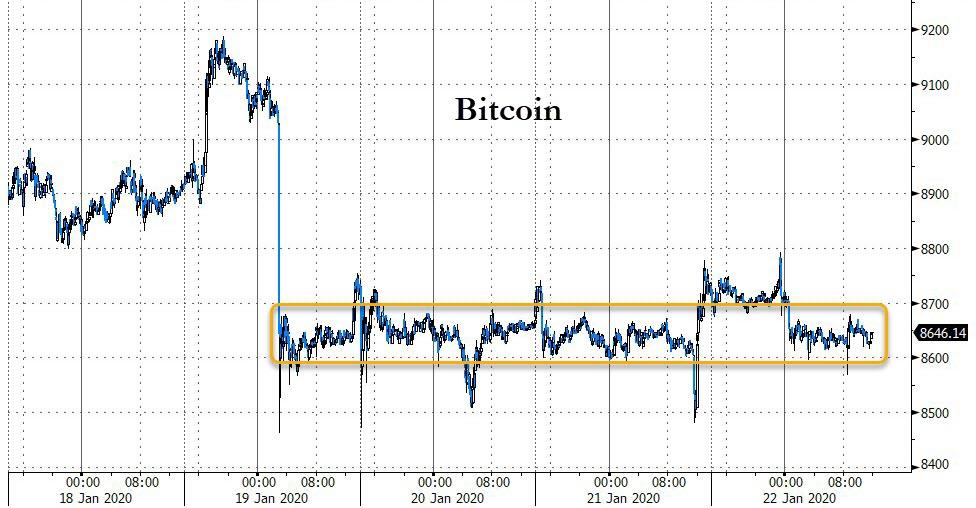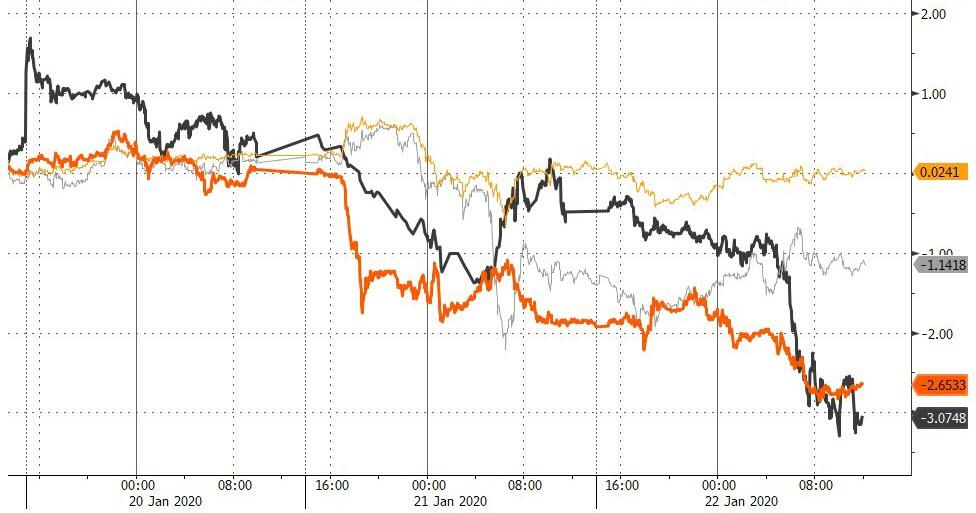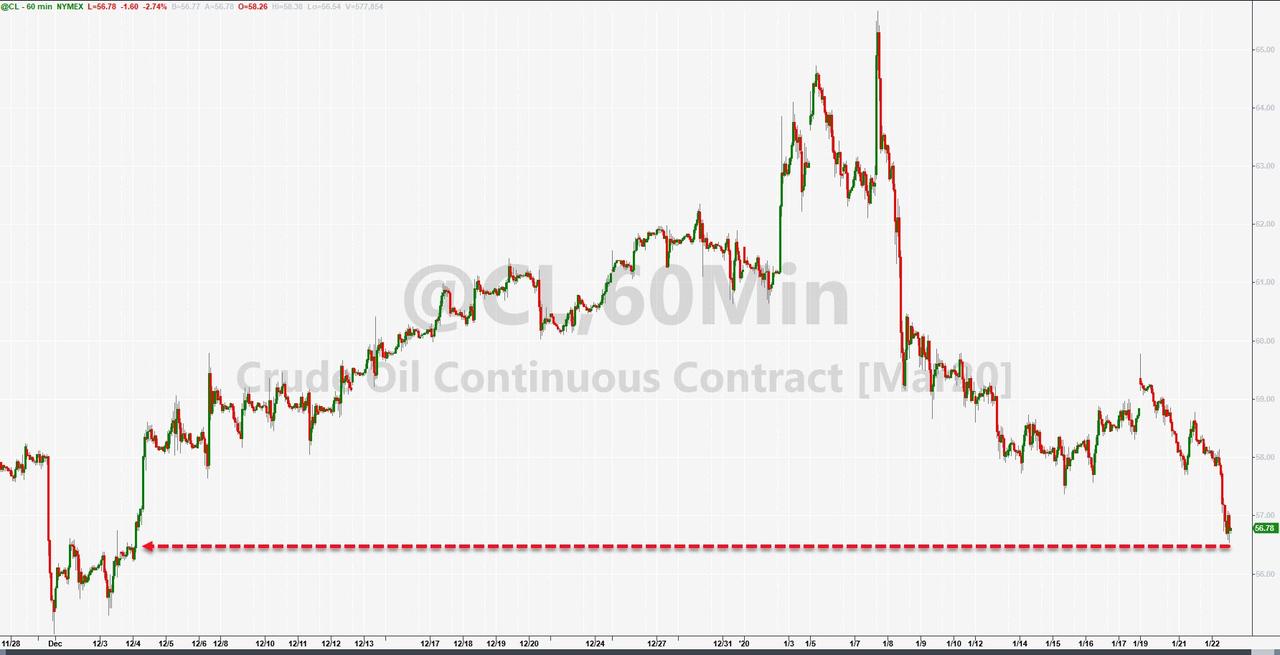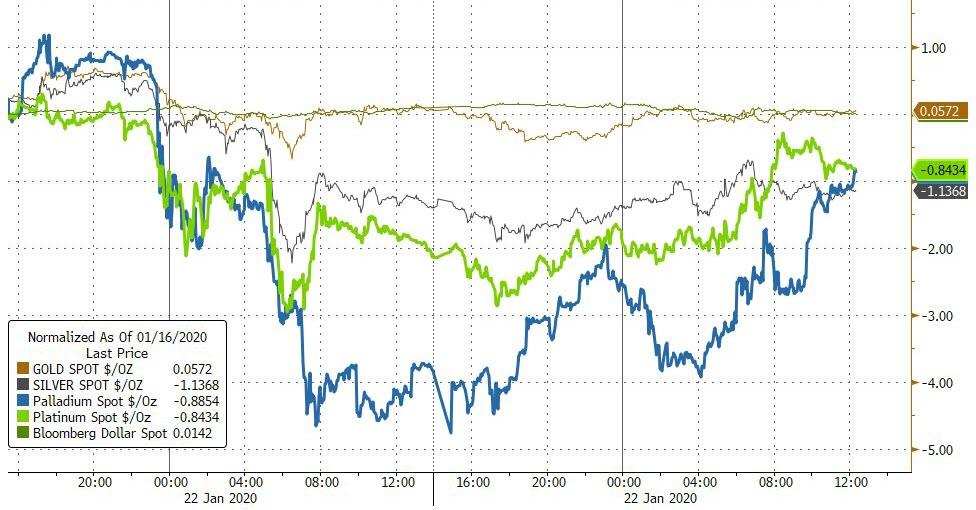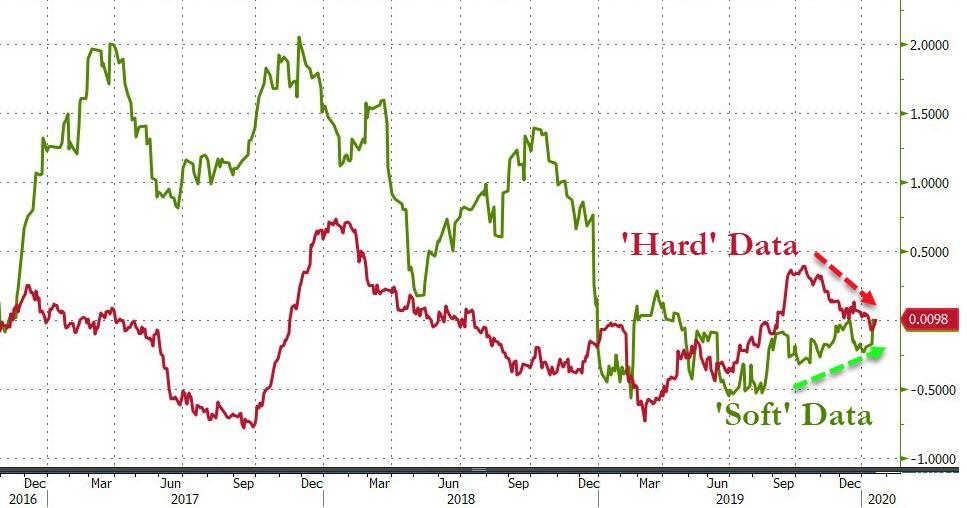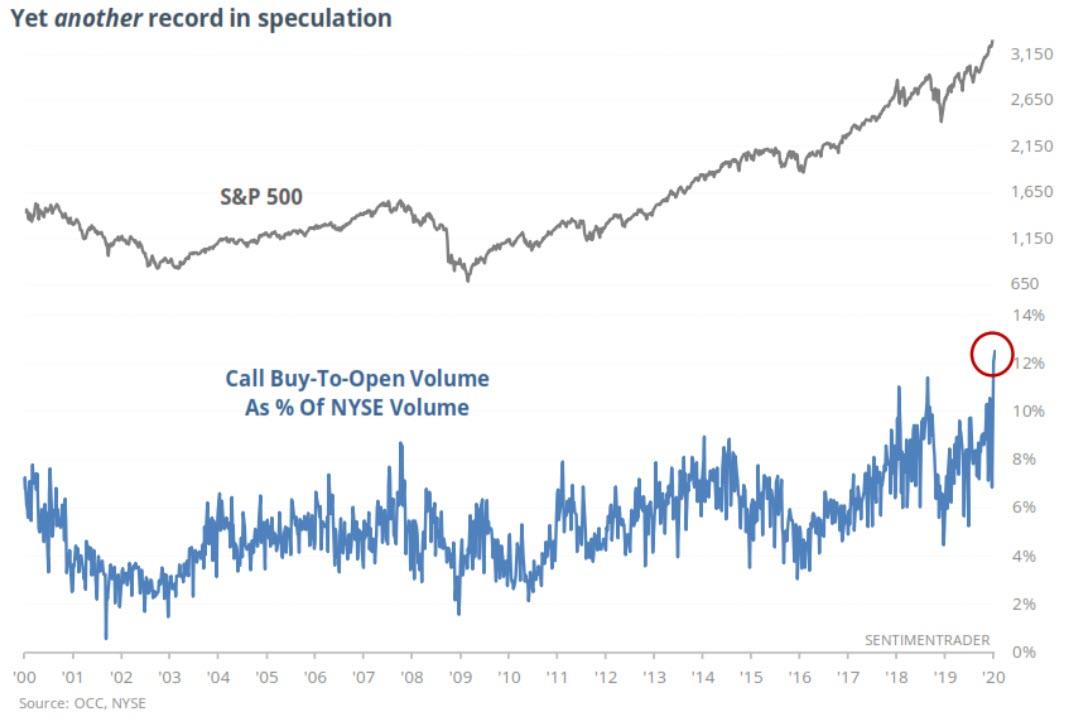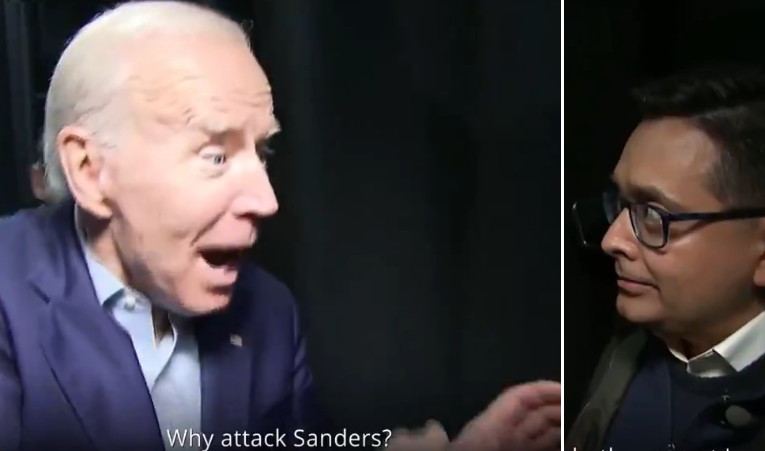Donald Trump’s lawyers argue that the Senate should insist on proof beyond a reasonable doubt in deciding whether to convict him of the charges described in the articles of impeachment. If so, his acquittal is not only inevitable for strictly political reasons but justified by an honest assessment of the existing evidence. It is not at all clear, however, that the standard of proof used in a criminal trial is appropriate in this context.
The Senate is not deciding whether Trump has violated a criminal statute, and the consequences of convicting him do not include a loss of liberty. In the extremely unlikely event that 67 senators vote to convict the president, he will not go to prison. He will simply lose his job and will not be allowed to reapply for it (or any other federal “office of honor, trust or profit”). Furthermore, that job will be taken over by his hand-picked successor, Vice President Mike Pence.
The appropriate standard of proof also depends on the consequences of allowing a president who is guilty of impeachable offenses to remain in office. While a murderer who is acquitted might kill again (although probably not, judging from recidivism rates), a president as corrupt as the House managers portray Trump to be is in a position to do a lot more damage. Weighing the risk to the nation against the risk to Trump suggests that something short of proof beyond a reasonable doubt—clear and convincing evidence, perhaps—should suffice to convict him.
The strongest argument for acquitting Trump is not the dubious claim that “high crimes and misdemeanors” are limited to indictable offenses. Nor is it that Trump “did nothing wrong,” because his behavior vis-à-vis Ukraine was “perfectly appropriate,” as his lawyers maintain. The strongest argument is that the most serious charge against Trump—that he pressured the Ukrainian government to announce an investigation of a political rival by delaying congressionally approved military aid—has not been adequately proven.
The case for that quid pro quo relies mostly on circumstantial evidence and inferences. To my mind, the circumstantial evidence is strong, and the inferences are reasonable. But as the record stands, a senator who takes his constitutional responsibilities seriously could reasonably decide that it falls short of clear and convincing evidence (assuming that is the appropriate standard). At the same time, such a senator certainly should be interested in hearing witnesses and seeing documents that might clarify Trump’s motives in ordering a freeze on the military assistance—witnesses and documents that the president so far has managed to keep under wraps.
Trump’s lawyers say he delayed the aid because he wanted to make sure that Ukrainian President Volodomyr Zelenskiy was serious about fighting corruption and because he thought other Western countries were not doing enough to help Ukraine. But these seem like post-hoc rationalizations for a decision that puzzled and alarmed administration officials, several of whom testified that they never heard an official explanation for it, let alone one that was both credible and legitimate.
The lack of an alternative explanation led officials such as Gordon Sondland, the U.S. ambassador to the European Union, to conclude that Trump held up the aid as part of his effort to instigate Ukrainian investigations that would benefit him politically. Sondland testified that he told a senior Ukrainian official the aid was contingent on the investigations. Trump lifted the aid block, which the Government Accountability Office recently deemed a violation of the Impoundment Control Act, only after his July 25 telephone conversation with Zelenskiy, during which he asked the Ukrainian government to investigate former Vice President Joe Biden, prompted a whistleblower complaint and a congressional inquiry.
Trump’s lawyers say that phone call, which is perhaps the most incriminating piece of evidence against him, actually vindicates him by showing that he was sincerely concerned about official corruption in Ukraine. But Trump never explicitly broached that subject during the call (or during his first telephone conversation with Zelenskiy on April 21), and his lawyers’ interpretation hinges on reading his interest in an investigation of Biden as an indication of a general concern about corruption. Similarly, they present his very specific interest in a bizarre conspiracy theory that blames Ukraine for stealing emails from the Democratic National Committee (DNC) in 2016 and framing Russia for that crime as evidence of his high-minded motives.
Trump asked Zelenskiy to look into those matters immediately after Zelenskiy expressed his gratitude for U.S. military support. “I would like you to do us a favor, though,” Trump said before describing the investigations he wanted. Trump’s lawyers think the president’s critics are reading too much into that suspicious juxtaposition. “The President was clearly transitioning to a new subject,” they say.
Trump’s trial memorandum also suggests that his private denials of a quid pro quo prove there was none. Yet both of the conversations highlighted by Trump’s lawyers came after the whistleblower complaint alleging that Trump was encouraging the Ukrainian government to meddle in domestic U.S. politics.
During an August 31 phone call, Sen. Ron Johnson (R–Wis.) says, he directly asked Trump if the release of the military aid was conditioned on the “favor” he wanted from Zelenskiy: probes of alleged Ukrainian interference in the 2016 presidential election and Biden’s alleged attempt to stop an investigation of Burisma, a Ukrainian energy company that employed his son as a board member. According to Johnson, Trump replied, “No way. I would never do that. Who told you that?” Johnson told Trump he had heard of the arrangement from Sondland, who was intimately involved, along with Rudy Giuliani, Trump’s personal lawyer, in efforts to secure a public announcement of those investigations from Zelenskiy.
The second denial of a quid pro quo happened during a September 7 conversation between Sondland and Trump. When Sondland asked Trump what he wanted from Zelenskiy, Sondland later testified, Trump said something to this effect: “I want nothing. I want no quid pro quo. Tell Zelenskiy to do the right thing.” The “right thing,” according to Trump himself, was “a major investigation into the Bidens.”
By the time he denied a quid pro quo to Johnson and Sondland, Trump apparently was already aware of the whistleblower’s allegations. Last November The New York Times reported, based on the accounts of “two people familiar with the matter,” that “lawyers from the White House counsel’s office told Mr. Trump in late August about the complaint.” Given the timing, the denials cited by Trump’s lawyers seem more like rehearsals for his public defense than candid accounts of his motives.
Trump’s lawyers also emphasize that Zelenskiy has repeatedly denied a quid pro quo, saying he did not feel pressured to undertake the investigations sought by Trump (although he did object to the aid freeze itself). Given Ukraine’s dependence on U.S. assistance and Trump’s goodwill, those denials are both understandable and highly implausible.
In any case, Trump’s lawyers say, Zelenskiy was not aware of the aid freeze until it was reported in Politico on August 28. If Zelenskiy did not know that Trump was withholding this desperately desired assistance, they say, the “pause” could not have figured into his willingness to do as Trump asked. Yet administration officials testified that Ukrainian diplomats were already inquiring about the aid on the day of the July 25 call. Olena Zerkal, a former Ukrainian deputy foreign minister, has said she was aware of the freeze by July 30, thanks to a cable sent by Ukrainian officials in Washington, D.C., the previous week. That cable, she said, was “simultaneously” sent to Zelenskiy’s office.
Be that as it may, Trump’s lawyers say, the president lifted the freeze without obtaining the commitment he sought. But Trump made that decision amid congressional pressure and an already public controversy over the propriety of his interactions with the Ukrainian government. Furthermore, the House managers note, Zelenskiy had actually agreed to announce the investigations Trump wanted and planned to do so during a CNN interview that he canceled after Trump lifted the freeze on September 11.
Giuliani, who presented himself to the Ukrainian government as Trump’s “personal counsel” acting with the president’s “knowledge and consent,” has said the investigations of Biden and supposed Ukrainian meddling in the presidential election promised to uncover “information [that] will be very, very helpful to my client.” Last May he told The New York Times there was “nothing illegal” about his lobbying, since “this isn’t foreign policy,” although “somebody could say it’s improper.” Giuliani, who was avowedly seeking information that would be personally helpful to Trump, was at the center of the administration’s efforts to obtain the “favor” that the president wanted. Trump asked Zelenskiy to confer with Giuliani about the investigations.
At an October 17 press briefing, acting White House Chief of Staff Mick Mulvaney said Trump wanted “a statement by the Ukraine about how they were going to deal with corruption” before releasing the aid. He said “the money held up had absolutely nothing to do with Biden,” but “the corruption related to the DNC server”—i.e., the fantastical notion that the server from which the DNC’s emails had been stolen was stashed away somewhere in Ukraine—”absolutely” did figure into the aid delay. “No question about that,” Mulvaney said. “But that’s it. And that’s why we held up the money.”
While these facts are pretty damning, open-minded senators (assuming any exist) would be interested in further exploring Trump’s motives by examining relevant documents and hearing from officials (such as Mulvaney and former National Security Adviser John Bolton) who directly interacted with the president before, during, and after the aid freeze. Maybe the inferences that Sondland and other underlings drew about Trump’s reason for blocking the money were mistaken. Maybe Trump’s after-the-fact explanations, however implausible they might seem, are true. But unless several Republican senators side with Democrats in seeking additional evidence, those crucial questions will remain unanswered during Trump’s trial.

from Latest – Reason.com https://ift.tt/30JDbpn
via IFTTT
